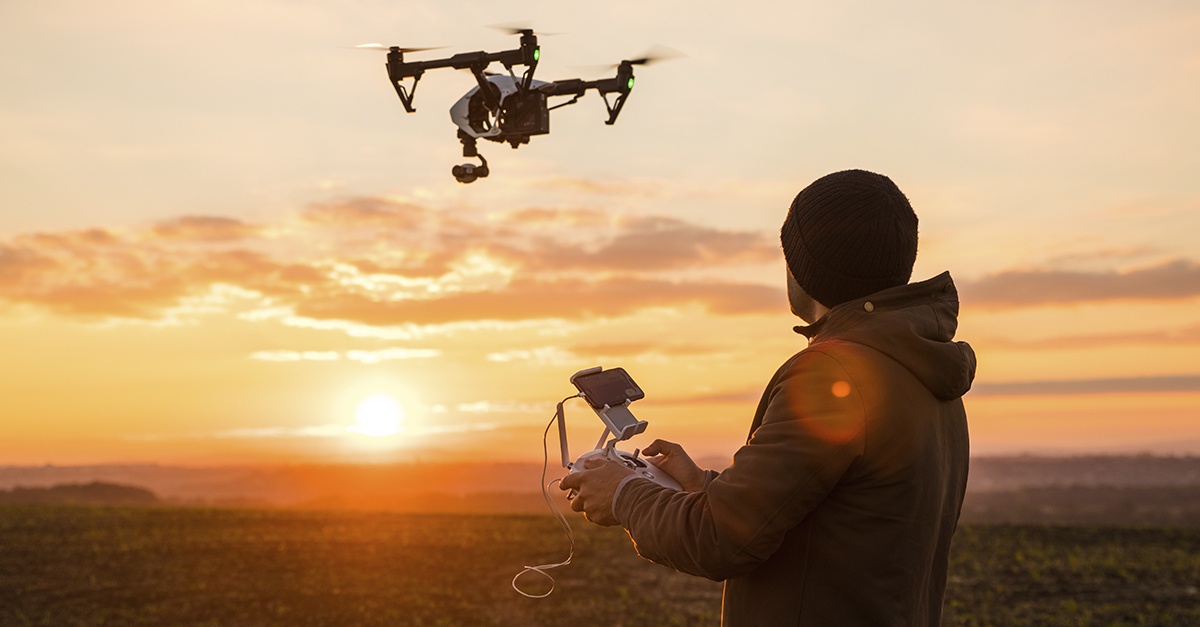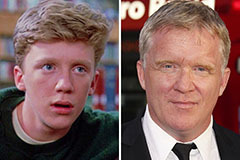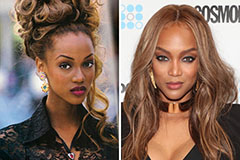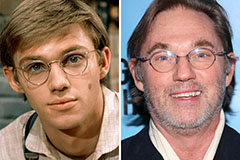Transform Your Point Of View: The Art and Scientific Research Behind Drone Digital Photography
Drone photography stands for a significant junction of imaginative vision and technological development, allowing designers to catch perspectives previously unattainable. Comprehending the auto mechanics of drone technology, from equipment choices to make-up techniques, is vital for accomplishing engaging imagery (drone photographer coeur d'alene). What really distinguishes effective drone photography from mere aerial snapshots?
Comprehending Drone Technology
Recognizing drone modern technology is necessary for anyone thinking about using its capabilities for photography. Drones, or unmanned airborne automobiles (UAVs), count on a mix of hardware and software to attain trip and capture imagery. At their core, these tools are furnished with sensors, electronic cameras, and navigation systems that allow them to fly autonomously or be regulated remotely.
The primary components of drone technology include the trip controller, which functions as the brain of the drone, refining information from different sensing units to ensure secure trip. Furthermore, general practitioner technology plays a critical role in navigation, enabling drones to comply with pre-defined trip paths and preserve their setting even in challenging conditions.

Additionally, recognizing the regulatory landscape bordering drone usage is vital, as it governs where and exactly how drones can be operated, making certain security and compliance. Knowledge with these aspects of drone technology equips digital photographers to maximize their imaginative capacity while sticking to lawful guidelines.
Necessary Tools for Drone Photography
Selecting the appropriate equipment is essential for accomplishing extraordinary outcomes in drone digital photography. At the heart of this arrangement is the drone itself, which ought to be selected based upon flight stability, electronic camera top quality, and convenience of use. Popular models commonly feature integrated high-definition cams that capture spectacular aerial pictures.
Along with the drone, spending in a high-grade camera is essential. Many drones come geared up with electronic cameras qualified of shooting in 4K resolution, but for professional-grade results, take into consideration a drone that enables interchangeable cameras or sustains bigger sensors. This flexibility can substantially enhance picture top quality.
Stabilization is another key element. A three-axis gimbal is advised for smooth video footage, decreasing resonances that can interfere with photo quality. Additional batteries and a dependable charger make sure extended flight time, enabling for even more extensive shoots (drone photographer).
Understanding Structure Methods
Understanding make-up techniques is essential to boosting your drone digital photography from regular to extraordinary. A well-composed photo catches the audience's interest and shares a powerful story.
Among the vital concepts to think about is the rule of thirds, which entails dividing your frame right into a grid of nine equivalent components. Placing crucial elements along these lines or at their crossways develops visual passion and equilibrium. Additionally, leading lines can direct the visitor's eye via the photograph, attracting focus to the subject and including depth.
Another efficient technique is mounting, where all-natural elements such as trees or structures encase the subject, enhancing the prime focus. This approach not only provides context but additionally creates a feeling of affection within the scene.

Finally, always be mindful of the perspective line. A crooked horizon can sidetrack and detract from an otherwise fascinating photo. By understanding these structure methods, you can considerably enhance the influence of your drone digital photography.
Lighting and Weather Considerations
In drone photography, the interaction of lights and climate can dramatically affect the high why not check here quality and state of mind of web your photos. Optimum lighting problems are essential; the golden hours-- soon after daybreak and before sunset-- supply soft, diffused light that improves colors and minimizes extreme darkness. Throughout these times, the landscape appears much more vivid and vibrant, permitting breathtaking aerial shots.
Conversely, overcast skies can produce a flat, low-key scheme, yet they can additionally provide also lighting that reduces contrast and highlights details in the setting. This can be useful for capturing structures in metropolitan setups or complex patterns in nature.
Climate condition, such as snow, rain, or haze, can also include one-of-a-kind components to your digital photography. Haze can produce a feeling of secret, while rainfall can enhance colors and fill the landscape. It is vital to consider the security of your drone; flying in damaging weather condition conditions can lead to tools damage or loss of control.
Eventually, recognizing exactly how lighting and weather condition influence your airborne shots allows you to choose the optimal problems for your drone photography, making certain visually striking and engaging pictures.
Post-Processing Tips and Tricks
After recording magnificent aerial images, the next action involves refining those shots through post-processing. This essential stage improves the aesthetic effect of your pictures, permitting you to highlight the special point of views that drones give.
Begin with software program tools like Adobe Lightroom or Photoshop, which provide robust modifying capabilities. Begin by dealing with exposure and white address equilibrium to make sure that your shades show up realistic. Use histogram checks to accomplish optimal brightness degrees, staying clear of too much exposure or loss of information in darkness.
Next, boost comparison to add depth to your pictures. Adjusting clearness can develop important information without presenting noise, which is particularly useful in airborne shots where structure plays a significant duty. Do not avoid cropping; this can assist concentrate the customer's interest on the primary topic.
Shade grading is one more powerful tool. Experiment with saturation and vibrance to make the landscape pop, yet use these adjustments deliberately to preserve an all-natural look. Think about applying a minor vignette to lead the viewer's eye towards the center of the picture. By mastering these post-processing methods, you can elevate your drone digital photography to new elevations.
Conclusion
What really differentiates reliable drone digital photography from mere airborne photos? Numerous drones come outfitted with electronic cameras qualified of shooting in 4K resolution, yet for professional-grade outcomes, think about a drone that allows for interchangeable cams or sustains bigger sensing units. By grasping these structure methods, you can significantly boost the influence of your drone digital photography.
In drone digital photography, the interplay of lights and weather condition can considerably affect the quality and state of mind of your photos (aerial photographer spokane). By grasping these post-processing methods, you can boost your drone photography to new elevations
 Danny Tamberelli Then & Now!
Danny Tamberelli Then & Now! Robert Downey Jr. Then & Now!
Robert Downey Jr. Then & Now! Anthony Michael Hall Then & Now!
Anthony Michael Hall Then & Now! Tyra Banks Then & Now!
Tyra Banks Then & Now! Richard Thomas Then & Now!
Richard Thomas Then & Now!